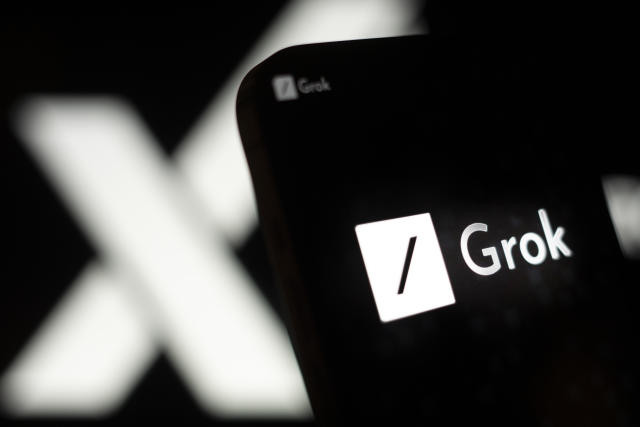On March 11th, Elon Musk's xAI announced they would open-source their chatbot Grok, and now the code is officially available on GitHub.
This move allows researchers and developers to delve into Grok's inner workings, potentially influencing how xAI updates the chatbot in the future.
The open-source release marks a significant step in the ongoing battle for AI supremacy against rivals like OpenAI, Meta, and Google.
xAI's blog post details the release, which includes "the base model weights and network architecture" of Grok-1, a "314 billion parameter Mixture-of-Experts model."
The post clarifies that the model is based on a checkpoint from October 2023 and hasn't been specifically fine-tuned for any particular application, such as dialogue.
VentureBeat points out that Grok's code is released under the Apache 2.0 license, which permits commercial use but restricts access to the training data and real-time data connections utilized by X.
According to a November 2023 xAI post, the Large Language Model (LLM) Grok was developed over four months and is targeted for tasks like coding generation, creative writing, and question answering.
This open-source release follows a trend initiated by Musk himself. After acquiring Twitter (now X), the platform's algorithm code was released.
Musk is a vocal advocate for open-sourcing AI models, a position that has led to a lawsuit against OpenAI, a company he co-founded.
The lawsuit alleges that OpenAI strayed from its original commitment to open-source principles.
Open-sourcing, or offering limited open-source models, is a strategy employed by companies to gather valuable feedback from the wider research community for further development.
While fully open-source AI foundations like Mistral and Falcon exist, the majority of widely used models remain closed-source or offer limited open licenses.
Meta's Llama 2, for instance, provides free access to researchers but requires paying customers with a massive user base (700 million daily) to pay a fee and restricts them from iterating on the model itself.
Grok's initial launch came with a requirement – an X subscription (the paid blue check) was necessary for access.
The chatbot was positioned as a more irreverent and up-to-date alternative to OpenAI's ChatGPT or Google's Gemini.
However, early tests conducted by our team revealed a lack of humour and any significant features that would set it apart from the more advanced and powerful chatbots already available.
With Grok's code now open to the public, the future remains to be seen. Will the involvement of the developer community breathe new life into the chatbot?
Only time will tell if xAI's open-source strategy will propel Grok to the forefront of the AI chatbot race.




















